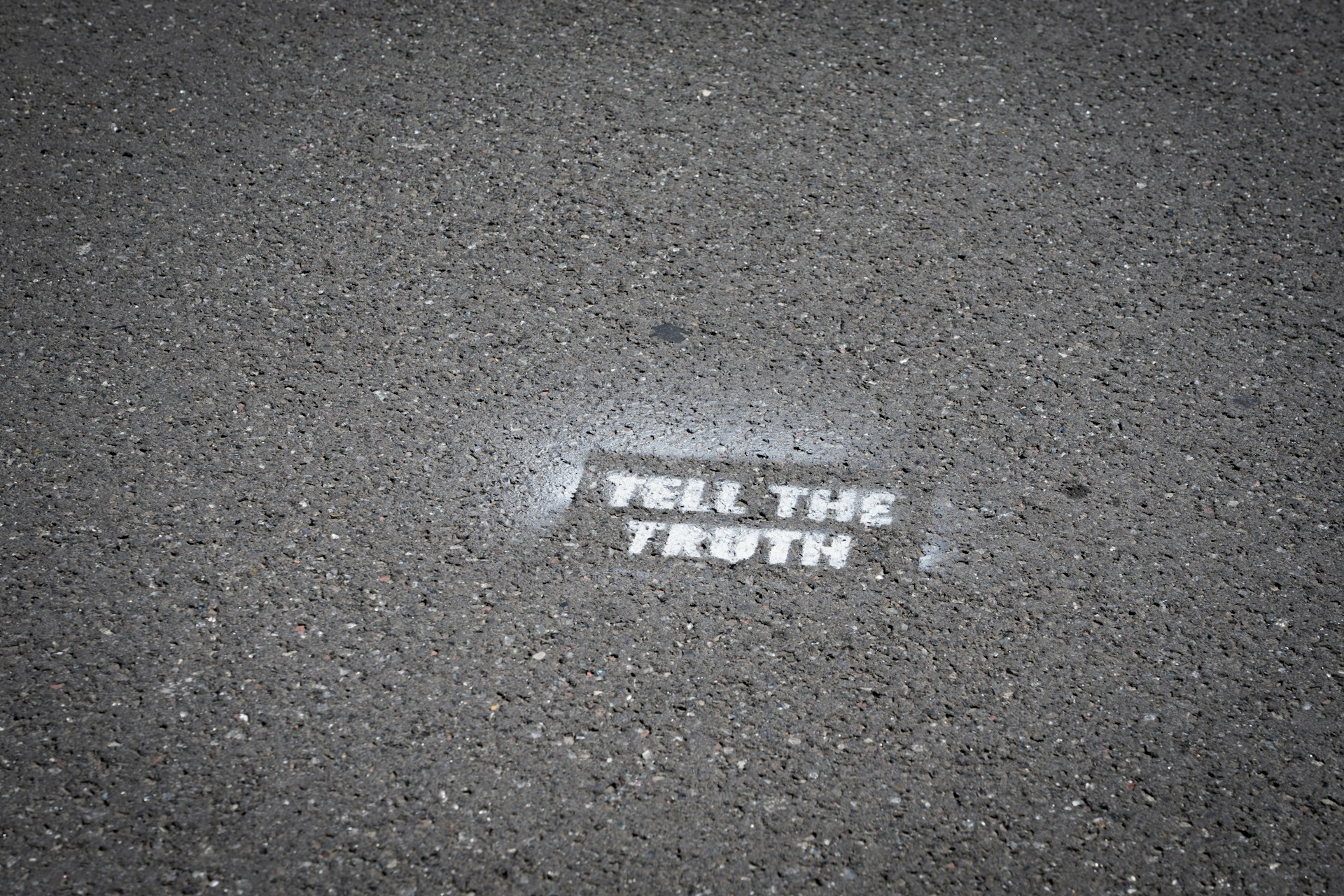Unveiling Deepfakes: A Trader's Guide to Spotting Digital Deception

Unveiling Deepfakes: A Trader's Guide to Spotting Digital Deception
In the era of information technology, a new form of digital manipulation known as deepfakes has emerged, blurring the lines between reality and fiction. Deepfake technology employs sophisticated artificial intelligence algorithms to create videos or images that convincingly depict people saying or doing things they never did. Initially seen as a tool for creating viral content or entertainment, the technology has rapidly evolved with far-reaching implications across various sectors, including financial markets.
For traders and the financial industry, the ability to distinguish between genuine and fabricated content is not just a matter of credibility but also of financial security. Misinformation can lead to severe consequences in the stock market, moving prices based on false premises and potentially leading to substantial losses. Understanding deepfakes is crucial for anyone involved in trading to maintain the integrity of their decisions and protect investments.
For traders and the financial industry, the ability to distinguish between genuine and fabricated content is not just a matter of credibility but also of financial security. Misinformation can lead to severe consequences in the stock market, moving prices based on false premises and potentially leading to substantial losses. Understanding deepfakes is crucial for anyone involved in trading to maintain the integrity of their decisions and protect investments.

Unveiling Deepfakes: A Trader's Guide to Spotting Digital Deception
The Mechanics Behind Deepfakes
Deepfake technology harnesses neural network generative models like Generative Adversarial Networks (GANs) or Variational Autoencoders (VAEs). These AI models are trained on vast datasets of real images or videos to understand how to generate new content that closely resembles the original data. GANs, for example, consist of two networks: a generator that creates images and a discriminator that evaluates their authenticity. Through iterative competition during training, the generator improves until it can produce highly convincing fakes.
Since its inception around 2014, deepfake technology has grown exponentially in sophistication due to increases in computational power and advancements in machine learning techniques. Nowadays, creating a convincing deepfake requires far less skill than it did a few years ago, making it accessible to a broader range of users with different intentions.
Deepfake technology harnesses neural network generative models like Generative Adversarial Networks (GANs) or Variational Autoencoders (VAEs). These AI models are trained on vast datasets of real images or videos to understand how to generate new content that closely resembles the original data. GANs, for example, consist of two networks: a generator that creates images and a discriminator that evaluates their authenticity. Through iterative competition during training, the generator improves until it can produce highly convincing fakes.
Since its inception around 2014, deepfake technology has grown exponentially in sophistication due to increases in computational power and advancements in machine learning techniques. Nowadays, creating a convincing deepfake requires far less skill than it did a few years ago, making it accessible to a broader range of users with different intentions.
Potential Risks of Deepfakes in Trading
One notable case that highlights the risks deepfakes pose was when a video circulated purporting to show a CEO making fraudulent claims about his company’s financial health. Investors who believed this led to significant stock price fluctuations before it was revealed as false information.
The threat extends beyond fake videos; even audio clips can lead to misinformation-driven market decisions. A fabricated speech where a central bank governor appears to hint at future policy changes could potentially cause erratic movements in currency markets.
Such instances underscore how deepfakes can be used not only for personal defamation but also for market manipulation and fraudulent schemes designed to deceive investors and manipulate prices.
One notable case that highlights the risks deepfakes pose was when a video circulated purporting to show a CEO making fraudulent claims about his company’s financial health. Investors who believed this led to significant stock price fluctuations before it was revealed as false information.
The threat extends beyond fake videos; even audio clips can lead to misinformation-driven market decisions. A fabricated speech where a central bank governor appears to hint at future policy changes could potentially cause erratic movements in currency markets.
Such instances underscore how deepfakes can be used not only for personal defamation but also for market manipulation and fraudulent schemes designed to deceive investors and manipulate prices.
Strategies for Identifying Deepfakes
Spotting inconsistencies remains fundamental in identifying deepfakes. One should pay close attention to details such as unnatural eye movements or blinking patterns, discrepancies in lighting or shadows, inconsistent skin tones, or awkward facial expressions.
Moreover, there are technological tools designed for authentication purposes like Adobe’s Content Authenticity Initiative which provides digital content provenance tracking capabilities. Blockchain technology is also being explored as a means to verify the authenticity of media files by maintaining an immutable ledger of their origins and edits.
Spotting inconsistencies remains fundamental in identifying deepfakes. One should pay close attention to details such as unnatural eye movements or blinking patterns, discrepancies in lighting or shadows, inconsistent skin tones, or awkward facial expressions.
Moreover, there are technological tools designed for authentication purposes like Adobe’s Content Authenticity Initiative which provides digital content provenance tracking capabilities. Blockchain technology is also being explored as a means to verify the authenticity of media files by maintaining an immutable ledger of their origins and edits.
Mitifying the Impact on Trading
Traders can adopt best practices such as cross-referencing news with multiple sources before making trading decisions based on media content and being skeptical about sensationalist or unexpected news items until they are verified by reputable sources.
Regulatory bodies like SEC (Securities Exchange Commission) have started taking notice of deepfake-related securities frauds and are working towards establishing guidelines and penalties for such misconducts. Likewise, tech companies are developing more advanced detection systems that can flag deepfake content with higher accuracy.
In conclusion, while neural network generative models have opened up unprecedented possibilities in media creation, they have also presented unique challenges for traders who rely heavily on accurate information for decision-making processes. Combatting misinformation through vigilance and sophisticated detection tools will be paramount in ensuring that financial markets remain fair and transparent amid this new wave of digital deception.
Tags:Deepfakes, Digital Deception, Trader’s Guide, Neural Network Generative Models, Financial Industry, Media Creation, Misinformation Detection
Traders can adopt best practices such as cross-referencing news with multiple sources before making trading decisions based on media content and being skeptical about sensationalist or unexpected news items until they are verified by reputable sources.
Regulatory bodies like SEC (Securities Exchange Commission) have started taking notice of deepfake-related securities frauds and are working towards establishing guidelines and penalties for such misconducts. Likewise, tech companies are developing more advanced detection systems that can flag deepfake content with higher accuracy.
In conclusion, while neural network generative models have opened up unprecedented possibilities in media creation, they have also presented unique challenges for traders who rely heavily on accurate information for decision-making processes. Combatting misinformation through vigilance and sophisticated detection tools will be paramount in ensuring that financial markets remain fair and transparent amid this new wave of digital deception.
Tags:Deepfakes, Digital Deception, Trader’s Guide, Neural Network Generative Models, Financial Industry, Media Creation, Misinformation Detection









Report
My comments